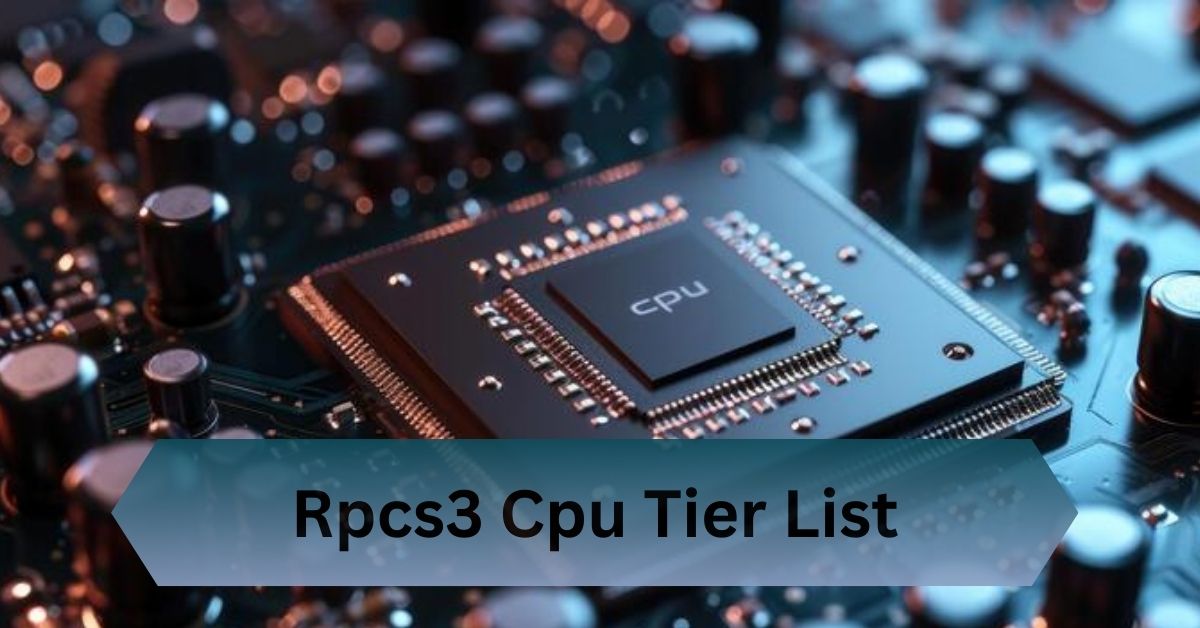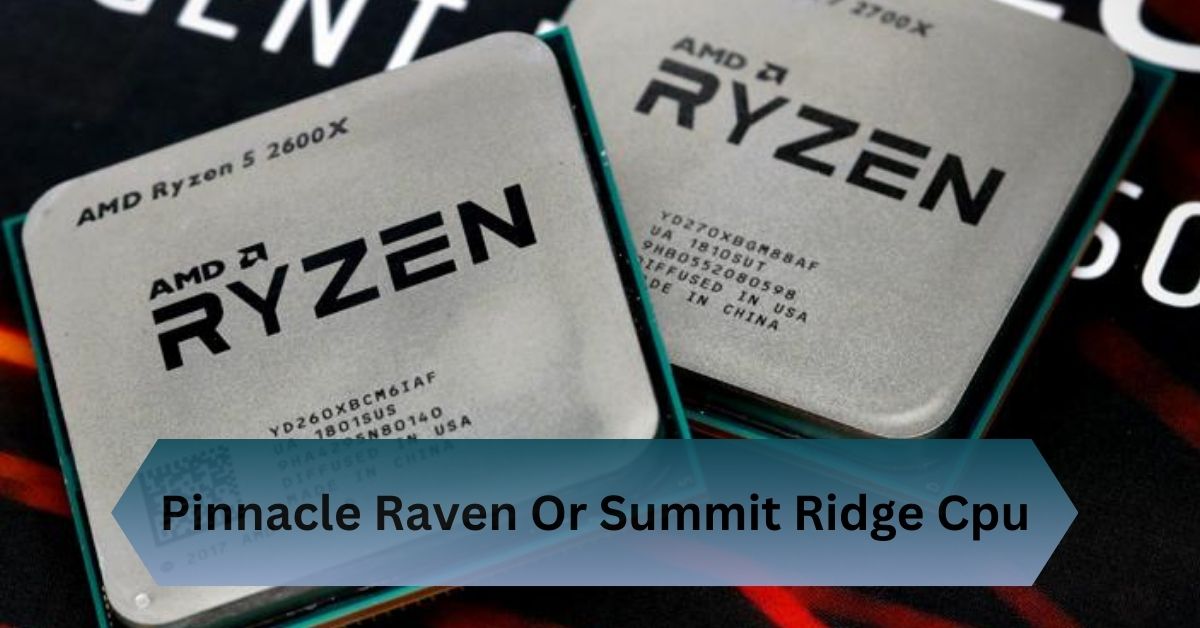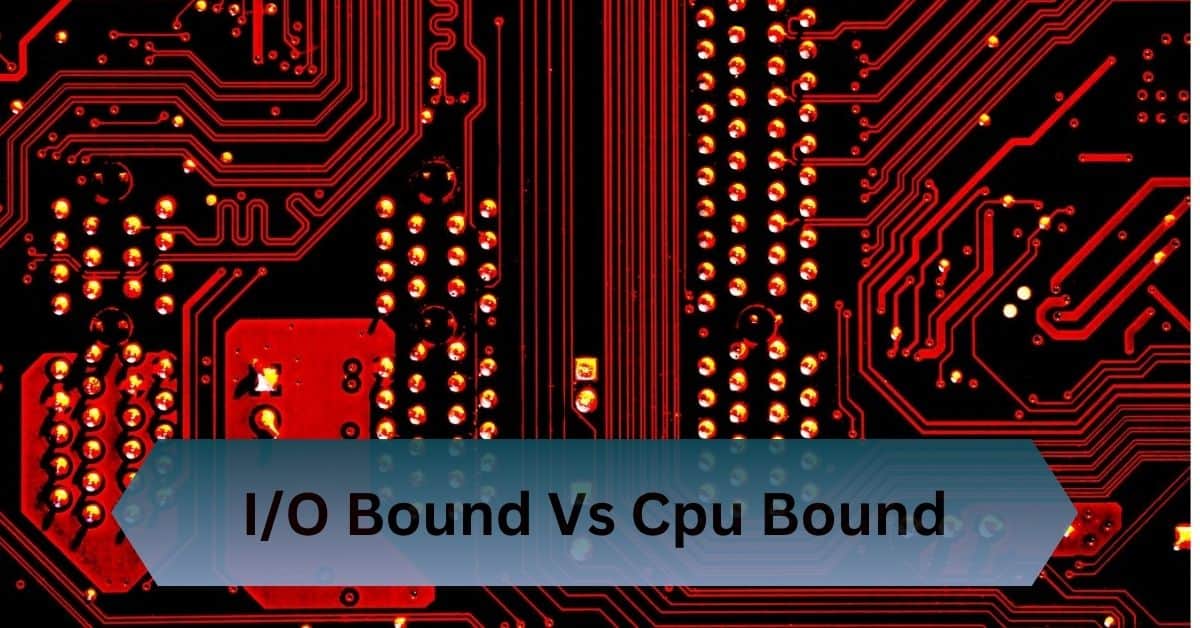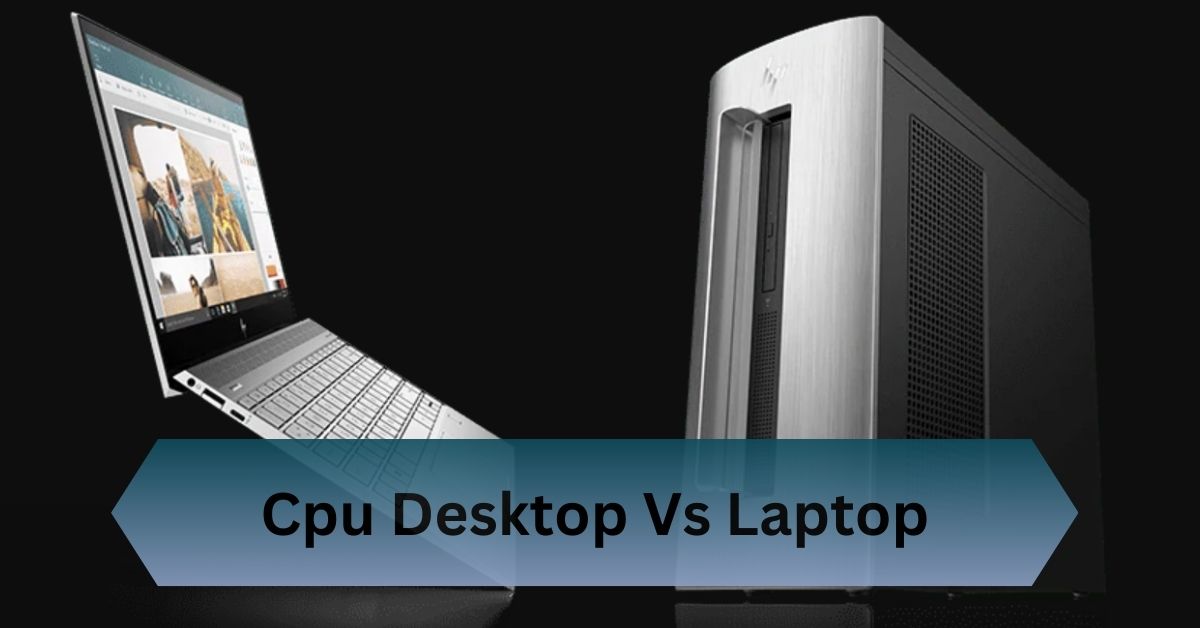Linux remains one of the most versatile operating systems, catering to both high-end hardware and aging machines. If you own an old computer with an i686 CPU, finding a compatible Linux distribution can be challenging since many distros have dropped 32-bit support.
A Linux distro for i686 CPU should be lightweight. AntiX, MX Linux, Puppy Linux, and Void Linux offer stability, security, and efficiency for older hardware.
Revive your old PC with the best Linux distros for i686 CPUs!
Table of Contents
Why Use a Linux Distro for i686 CPU?
Linux distributions designed for i686 processors offer a lifeline for aging computers. They allow users to repurpose their old hardware for essential tasks like web browsing, document editing, and even light multimedia usage.
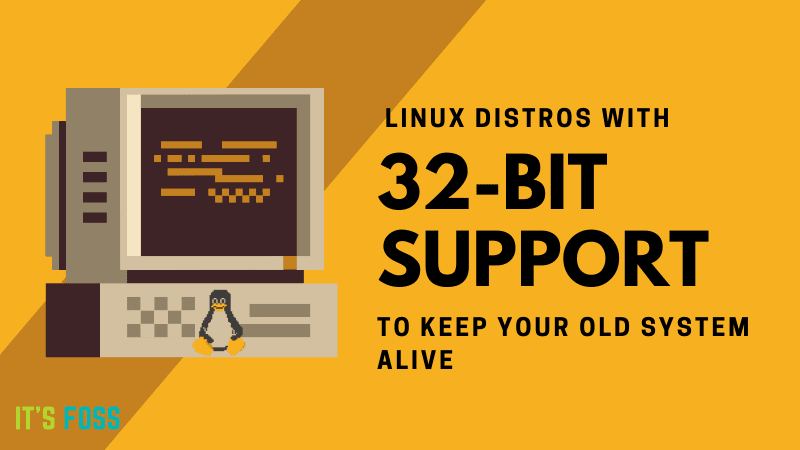
Many of these distros are optimized for performance, consuming minimal system resources while delivering security updates.
By choosing the right Linux distribution, users can extend the life of their machines without needing to invest in newer hardware.
Top Linux Distros for i686 CPU
1. Debian (i386) – Best for Stability
Debian has long been a trusted name in the Linux community, known for its rock-solid stability and extensive package repository. The i386 version of Debian continues to provide a reliable computing experience for users with older hardware.
This distribution supports lightweight desktop environments like LXQt and Xfce, ensuring smooth performance on i686 CPUs.
Additionally, Debian offers long-term security updates, making it an ideal choice for users who prioritize stability over cutting-edge features.
Key Features:
- One of the oldest and most stable Linux distributions.
- Official i386 support for 32-bit processors.
- Desktop environments: LXQt, Xfce, and MATE for better performance.
- Security updates for a long time.
Best for: Users who need a reliable and well-supported OS for daily use.
Read Also: External Cpu Processor – Revolutionize The Performance!
2. AntiX – Best for Low End PCs
AntiX is a lightweight, systemd-free Linux distribution specifically designed for low-resource machines.
It offers different versions to cater to various hardware capabilities, including a full edition with a graphical interface and a core version for advanced users.
AntiX is known for its minimal system footprint, making it an excellent option for reviving older computers without sacrificing usability.
Why Choose AntiX?
- Super lightweight (runs on as little as 256MB RAM).
- No systemd, making it faster and less bloated.
- Available in full, base, core, and net editions.
- Perfect for old laptops and desktops with limited resources.
Best for: Users who want a fast and systemd-free experience on old hardware.
3. MX Linux (32-bit) – User-Friendly Choice
MX Linux has gained popularity for its balance between ease of use and performance. Built on Debian Stable, MX Linux provides a polished experience with lightweight desktop environments like Xfce.

It also includes a set of custom MX Tools that simplify system configuration, making it an excellent choice for users who want a hassle-free Linux experience on their i686 machines.
Why is MX Linux a Good Choice?
- Based on Debian Stable with Xfce desktop.
- Includes MX Tools, a powerful set of utilities for system management.
- Low resource consumption, making it perfect for i686 CPUs.
- Still provides updates and patches for 32-bit systems.
Best for: Users looking for an easy-to-use Linux distro with a smooth interface.
4. Void Linux – Best for Rolling Release Enthusiasts
Void Linux is an independent distribution that follows a rolling release model, ensuring that users always have access to the latest updates. Unlike many mainstream distros, Void Linux does not use systemd, opting instead for runit as its init system.
This results in faster boot times and a more lightweight system overall. The i686 version of Void Linux is ideal for users who want a continuously updated system without the bloat of mainstream distributions.
Features of Void Linux:
- Independent, rolling release model.
- Uses runit instead of systemd, resulting in faster boot times.
- Supports Xfce, MATE, and LXQt for lightweight desktops.
- Offers XBPS package manager for easy software management.
Best for: Advanced users who want a rolling-release system for old hardware.
Read Also: Cpu Ratio Offset When Running Avx – Best Settings!
5. Slackware 15.0 (32-bit) – For Linux Veterans
Slackware remains one of the longest running Linux distributions still actively maintained.. It is known for its simplicity and reliability, but it requires a manual approach to system management.
Unlike modern user-friendly distros, Slackware gives users complete control over package selection and configuration.
This makes it a great choice for experienced Linux users who appreciate a minimalist and hands-on experience.
What Makes Slackware Special?
- One of the oldest active Linux distros.
- Highly customizable, but requires manual configuration.
- Supports 32-bit processors, making it a good fit for i686 machines.
- Best suited for experienced Linux users who enjoy tinkering.
Best for: Power users who prefer a hands-on approach to Linux.
6. Tiny Core Linux – Minimalistic and Super Fast
Tiny Core Linux takes a unique approach to minimalism. It boots directly into RAM, making it one of the fastest Linux distributions available for older hardware.

With its modular design, users can install only the components they need, reducing unnecessary resource consumption. Tiny Core is an excellent option for those looking to maximize performance on aging computers.
Why Tiny Core?
- Ultra-lightweight (can run with as little as 16MB RAM).
- Boots directly into RAM, providing lightning-fast speed.
- Modular approach, allowing users to add only necessary components.
- Great for running on very old systems or embedded devices.
Best for: Users who want a minimalistic and fast OS for basic tasks.
Frequently Asked Questions:
1. What is the difference between i686 and x86_64 architecture?
i686 refers to a 32–bit CPU architecture optimized for Intel Pentium Pro and later processors, while x86_64 (also known as AMD64) is a 64–bit architecture supporting more RAM and enhanced performance.
2. Can i686 Linux distros run 64-bit applications?
No, i686 Linux distros can only run 32–bit applications because the CPU lacks 64–bit instruction set support, whereas x86_64 distros can run both 32–bit and 64–bit apps.
3. What are some common challenges of using an i686 Linux distro today?
Challenges include limited software availability, lack of modern browser support, and fewer security updates, as many developers have shifted focus to 64-bit systems.
4. Can I dual-boot an i686 Linux distro with Windows XP or older versions?
Yes, i686 Linux distros can be dual-booted with Windows XP, but proper partitioning is required, and some modern Linux features may not be compatible with older Windows file systems.
Conclusion:
A Linux distro for i686 CPUs should be lightweight. Options like AntiX, MX Linux, Puppy Linux, and Void Linux provide stability, security, and efficiency for aging hardware.
Related Posts:







